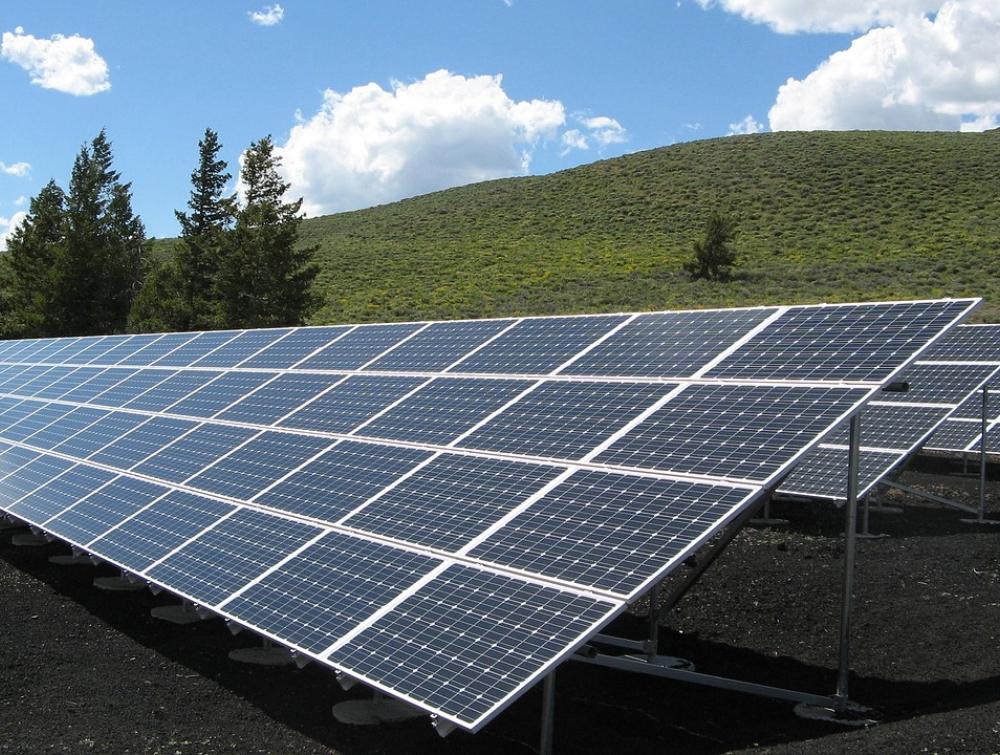TWS celebrates progress as Biden admin proposes first ever update to public lands solar plan

Public lands have rich solar energy potential, and smart from the start planning is critical to ensuring renewable energy happens responsibly, in ways that protect ecological, cultural and other community values.
This process can ensure renewables development meets energy needs, is smart from the start and prioritizes community and tribal input
Today, the Bureau of Land Management released its proposal for an updated Western Solar Plan that guides responsible solar energy development on public lands across the West to help meet the nation’s climate and clean energy goals. The draft Solar Programmatic Environmental Impact Statement (PEIS) is the first update since 2012 when the BLM established the original Western Solar Plan, a region-wide smart from the start endeavor that identified areas in six southwestern states with high solar potential and low resource conflicts.
The Wilderness Society welcomed the news and Justin Meuse, Director of Government Relations for Energy and Climate, issued the following statement:
“Renewable energy on public lands can be a win-win-win. Better tribal engagement, better community buy-in and lower impact siting leads to faster, better projects,” said Justin Meuse, Director of Government Relations for Energy and Climate at The Wilderness Society. “We need a Western Solar Plan that meets our energy needs while honoring the other vital roles public lands play for wildlife, people and our shared future in the era of climate change. It’s imperative and it’s possible.”
In the face of climate pressure and the injustices of our current fossil fuel-based energy system, a rapid transition to a renewable energy economy is necessary. On public lands, the best way to get faster, better and cheaper outcomes is with meaningful stakeholder engagement and a smart from the start approach. Smart, responsible project siting doesn’t just benefit communities by leading to lower impact projects. Better projects with strong community buy-in are also deployed more rapidly.
The administration is ramping up renewable energy projects on public lands to meet – and beat – the statutory goal of permitting 25 GW on public lands by 2025 as part of the President’s nationwide goal of 100 percent clean electricity by 2035. As it pursues this ramp up, it must prioritize community voices, tribal consultation and conservation of wildlife, cultural resources and critical habitats.
CONTACT:
Emily Denny, Communications Manager, Climate Solutions, edenny@tws.org, 707-407-6840
